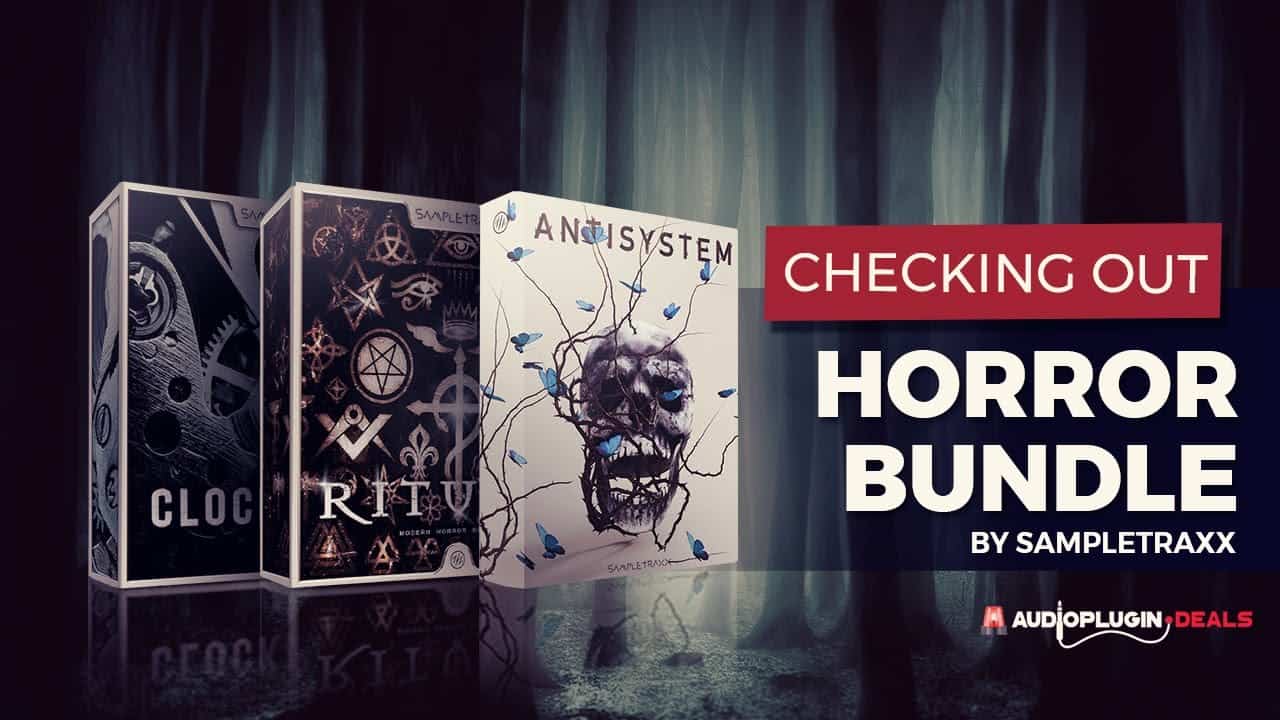Haunted
Edges is an old and discontinued module from Mutable Instruments and I am happy to have found one. It’s a great module for creating drones, machine hum and bleeps. I also included one of the scariest effects Clouds has to offer, I think it’s the Oliverb from the Parasite firmware. I love the versatility of these old Mutable Instruments modules and I’m always on the lookout for new ways to expand their capabilities. With the new firmware update for beads, I’m excited to see how it can further enhance the sounds I can create with Edges and Clouds. It’s amazing to see how these modules continue to evolve even after being discontinued, and I can’t wait to experiment with the new features.










